Tag Archives: Passive Optical Network
Best Practices for Designing Indoor Fiber Optic Routing in 2025
Ensure safe, efficient indoor Fiber Optic Routing in 2025 with expert design tips, compliance standards, and future-ready installation practices.
PLC Splitters vs FBT Splitters A Detailed Guide for 2025
Compare PLC Splitters and FBT Splitters for 2025. Learn about cost, performance, scalability, and which splitter suits your fiber optic network needs.
The Applications And Benefits of Splitter Distribution Box
The post titled "The Applications And Benefits of Splitter Distribution Box" delves into the essential role of splitter distribution boxes in modern electrical and communication systems. Highlighting their pivotal features, the article describes how these devices efficiently manage and distribute electrical power or signal inputs to multiple outputs, ensuring seamless operations in various settings. The key advantages include enhanced safety through minimized circuit overload risks, simplified installation and maintenance, and cost-effective scalability for expanding networks. Distinctive qualities such as robust construction, adaptability to different environments, and compatibility with a range of cables and connectors make splitter distribution boxes indispensable in industries like telecommunications, data centers, and residential setups. The post compellingly underscores how their adoption can lead to improved efficiency, reliability, and overall system performance.
How To Choose PLC Splitter For Your Fiber Network Application?
In the post titled "How To Choose PLC Splitter For Your Fiber Network Application," the author delves into the crucial aspects of selecting the appropriate Planar Lightwave Circuit (PLC) splitters for optimizing fiber network performance. Key focal points include understanding splitter types, their various configurations, and the importance of insertion loss and uniformity. The post underscores the advantages of PLC splitters, such as their compact size, cost-efficiency, and reliability in handling multiple channels. Distinctive qualities highlighted include low failure rates and suitability for a range of network applications. By following the detailed guidance, readers can make informed choices ensuring robust and efficient fiber network infrastructure.
Basic Knowledge of OLT, ONU, ONT And ODN
The post titled "Basic Knowledge of OLT, ONU, ONT And ODN" delves into the essential components of fiber optic networks. It explains that Optical Line Terminal (OLT) is a crucial device located at the service provider's central office, responsible for managing data traffic over the fiber network. Optical Network Unit (ONU) and Optical Network Terminal (ONT) are devices at the customer's premises that convert optical signals back to electrical signals. The Optical Distribution Network (ODN) encompasses the optical fibers and splitters that connect the OLT to multiple ONUs/ONTs.
Pivotal features highlighted include the high-speed data transmission capabilities and the efficiency of fiber optic networks in handling large bandwidths effortlessly. Advantages emphasize enhanced internet speeds, long-distance data transmission without significant loss, and reliable connectivity. Distinctive qualities focus on the minimal interference and high security inherent to fiber optics, making it an optimal choice for modern telecommunication needs.
In summary, the post underscores the integral roles of OLT, ONU, ONT, and ODN within fiber optic systems, showcasing their collective contribution to robust, high-speed, and reliable internet connectivity.
Difference Between Active Optical Network and Passive Optical Network
In the post titled "Difference Between Active Optical Network and Passive Optical Network," the author delves into the key distinctions between these two types of fiber-optic communication systems. The post highlights how Active Optical Networks (AONs) employ electrically powered switches to manage signal routing, allowing for greater customization and bandwidth allocation. Conversely, Passive Optical Networks (PONs) use unpowered splitters to guide data to multiple endpoints without the need for electrical intervention, making them more energy-efficient and cost-effective.
The advantages of AONs include higher data transmission speeds and enhanced scalability, making them suitable for large-scale, high-demand applications. On the other hand, PONs boast lower maintenance costs and simpler infrastructure, making them ideal for residential and small business purposes. The post effectively juxtaposes AONs’ flexibility and dynamic capabilities against PONs’ sustainability and ease of deployment, offering readers a clear, comparative insight into both systems’ pivotal features and unique benefits.
The Important Technical Indicators Of Fiber Optical Splitter
In the post "The Important Technical Indicators Of Fiber Optical Splitter," the author delves into the essential metrics that define the efficacy and quality of fiber optical splitters. The article emphasizes key technical indicators such as insertion loss, return loss, split ratio, and wavelength range. These parameters are pivotal for ensuring high performance and reliable data transmission in fiber optic networks. The post highlights the critical advantages of fiber optical splitters, including their ability to facilitate multiple connections, cost efficiency, and low signal attenuation. Furthermore, it showcases the unique qualities of these devices, such as their compact form factor and robustness, making them indispensable in modern telecommunication infrastructures.
Why Fiber Optic Splitter Loss Table Is So Important?
It highlights key features such as precise loss management, enhanced network efficiency, and reliable performance monitoring. The article emphasizes the advantages of using these tables, including optimized bandwidth distribution, minimized signal degradation, and cost-effective maintenance. Distinctive qualities include their ability to provide accurate diagnostic data, support efficient network design, and ensure superior service quality. By focusing on these pivotal elements, the post makes a compelling case for the indispensable nature of fiber optic splitter loss tables in ensuring robust and high-performing fiber optic infrastructures.
Fiber Optic Splitter Types
The post highlights key splitter types, including fused biconic tapered splitters (FBT), planar lightwave circuit splitters (PLC), and advanced splitter configurations like cascaded and star couplers. It underscores the pivotal features of each type, such as FBT's cost-effectiveness for small-scale applications and PLC's superior performance in handling high-density networks. Advantages discussed include improved signal transmission, greater reliability, and scalability. Distinctive qualities such as environmental resilience, compact design, and high split ratios are also explored, making this post a valuable resource for choosing the right splitter for specific network requirements.


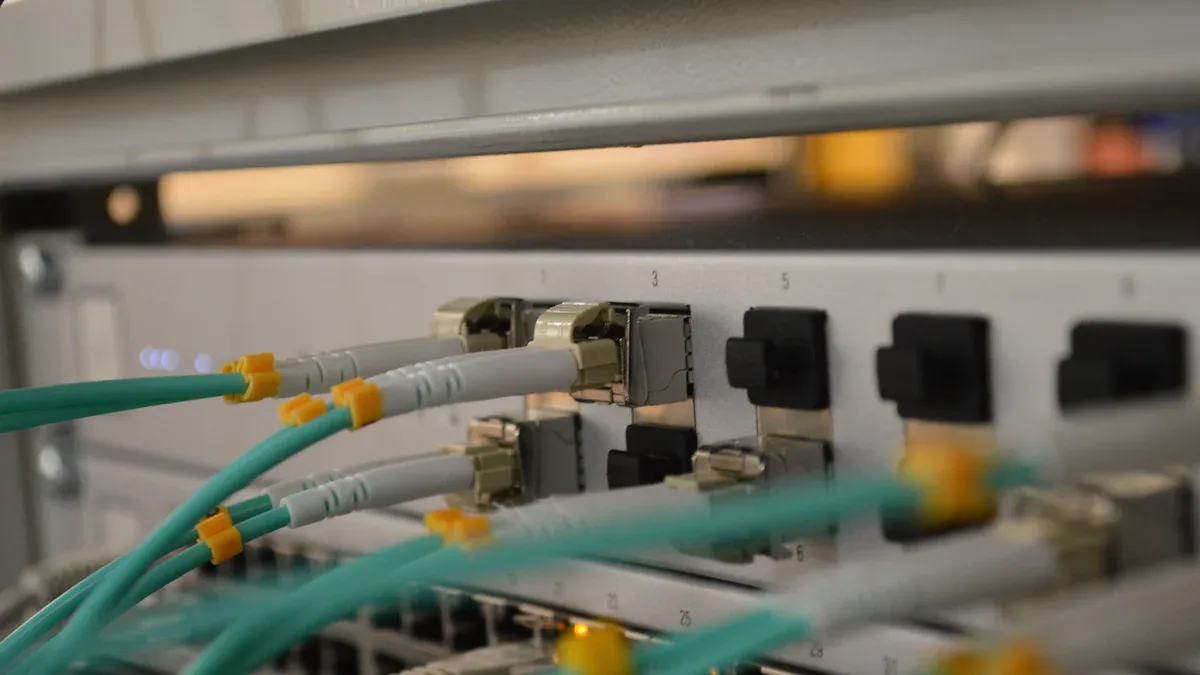
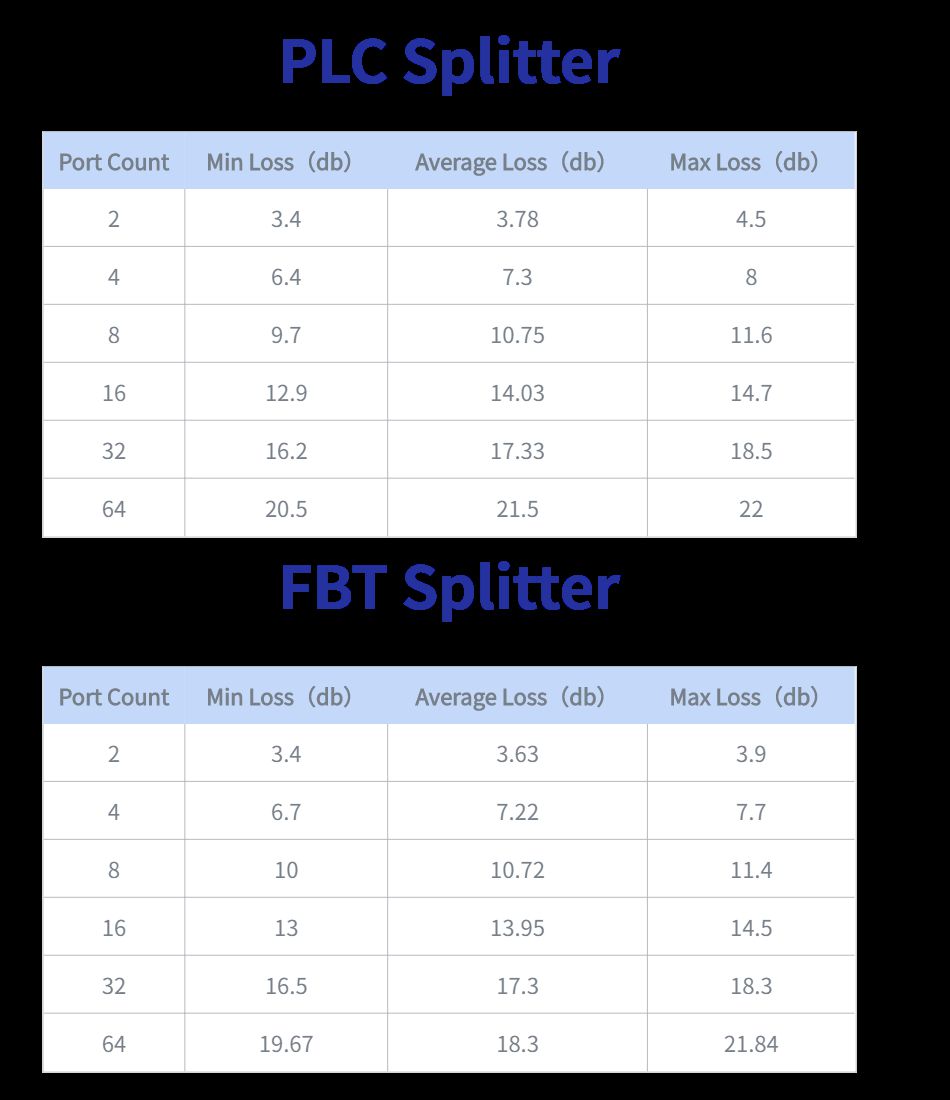
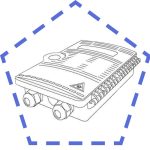 Fiber Optic Termination Boxes
Fiber Optic Termination Boxes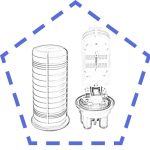 Fiber Optic Splice Enclosures
Fiber Optic Splice Enclosures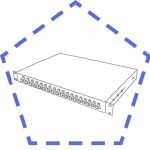 Fiber Patch Panels
Fiber Patch Panels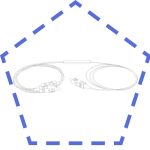 PLC Splitters
PLC Splitters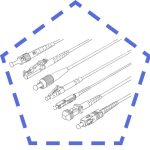 Fiber Optic Pigtails
Fiber Optic Pigtails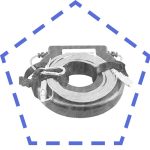 OTDR Launch Cables
OTDR Launch Cables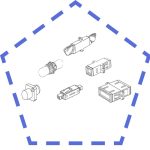 Fiber Optic Adapters
Fiber Optic Adapters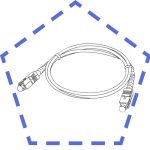 Fiber Optic Patch Cords
Fiber Optic Patch Cords